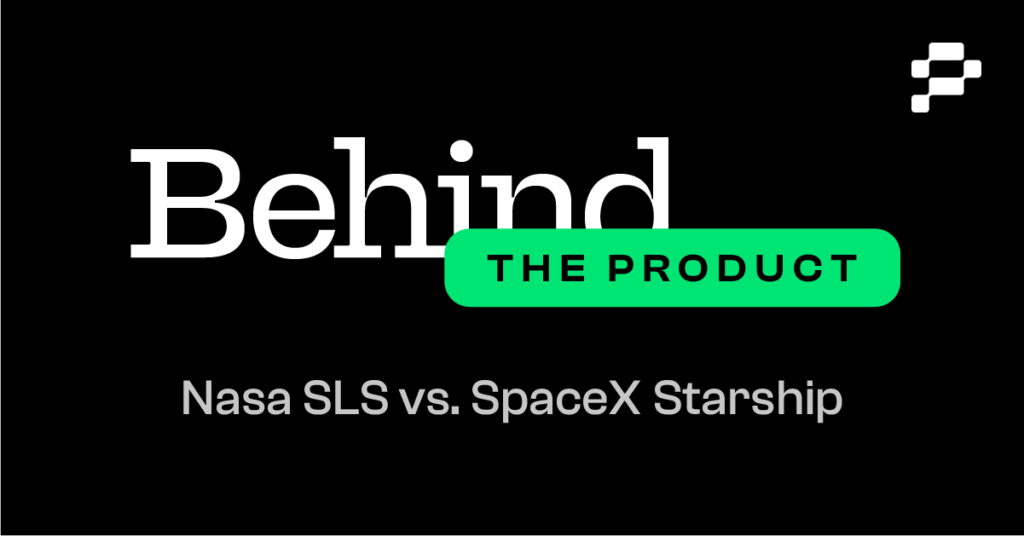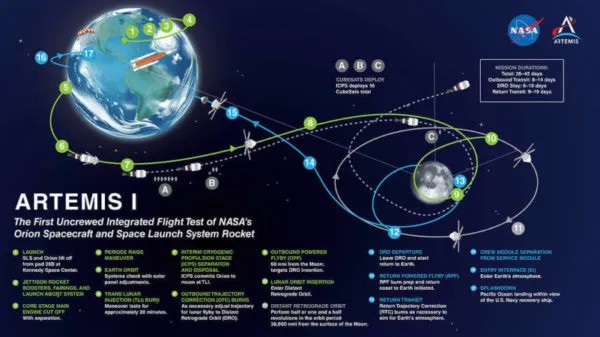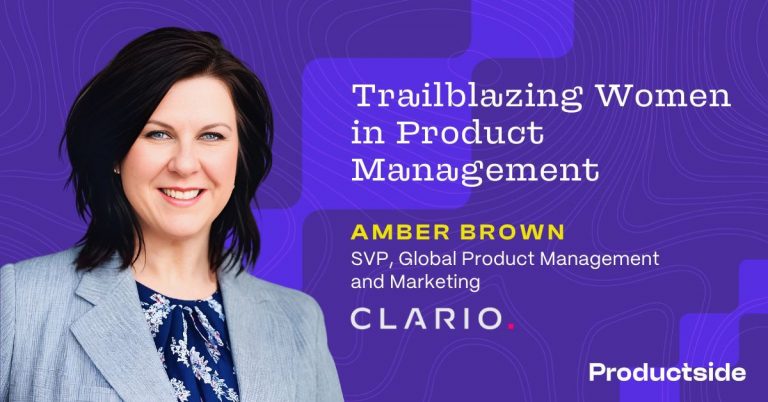
Waterfall vs. Agile — The race to deep space!
NASA and SpaceX are pioneers in 21st-century deep space exploration. Both companies claim to be creating the most powerful rocket in history. For NASA that is the Space Launch Systems (SLS), developed over the past 11 years and originally scheduled to launch in August 2022 (currently delayed). While SpaceX has its Starship model, their founder Elon Musk reports, “a successful orbit flight is probably between 1 to 12 months from now.”
It’s uncertain that a private company like SpaceX could rival NASA’s experience and funding.
But SpaceX has shown impressive progress leveraging an Agile production methodology that could compete with and even replace NASA’s waterfall processes.
Today it is unlikely that NASA can keep up with the quick evolution and cost-saving efficiency of SpaceX. In the race for deep space – we’re now betting on SpaceX.
Is NASA Being Smart or Playing it Safe?
There are definite technical similarities between the powerful rockets, and both have shaped space technology in new, innovative ways. Each rocket must carry heavy loads of materials into deep space. SLS has a payload capacity of 190,000lbs, and NASA has spent tremendous funds to accomplish this. Starship on the other hand has a payload capacity of 300,000lbs, and SpaceX is spending a lot less money to make that happen.
NASA takes a traditional approach to product development, known as the waterfall method. They build over a long period of time by sticking to linear, sequential phases. Waterfall plans for little experimentation, and as a government-funded agency, NASA may not want to deliver taxpayers, hundreds of failed prototypes.
The NASA waterfall model includes System Requirements Review, Preliminary Design Review and Critical Design Review. During development, engineers re-verify the entire system at each production checkpoint. While this creates continuity, it takes a significant amount of time. Sustainable space exploration may require something bigger, better, faster, and more cost-effective. NASA is not delivering on that front.

SpaceX Aims to Save Time and Money: A Win-Win
The rise of SpaceX raises the question of whether there is more room for Agile-led product management, quick turnarounds, and more cost-effective innovation. If you keep up with the testing of Starship, you’ll notice that failure is treated as a success. The mentality is to fail fast and figure out solutions quickly. SpaceX teams do not strategize for months about if something will work—they experiment, fail, observe, and readjust. They continue with trial and error until a high-functioning model is produced. Musk often celebrates exploding rockets and crash landings—he knows these missteps provide information that will lead to eventual success.
In an interview on the Starship, Musk said “if the design is taking too long to create, it’s wrong. It must be modified to accelerate progress.” This is exactly why they altered the material of the craft from carbon fiber to stainless steel. This iterative approach gives SpaceX an upper hand since they iterate towards an innovative design for deep space travel, much faster and cost-effectively.
Right now, SpaceX is planning to reuse the giant booster to lower costs by landing the booster on a drone ship at sea through automation. They also use commercial products like StarLink, to build a viable business based on the newest, low cost of getting payloads into space.
NASA, on the other hand, isn’t taking any risks with SLS. While SpaceX is experimenting with parts, materials, and processes, NASA is using parts and blueprints from previous models to carry out production.
Agile Product Development Leads to Advanced Innovation
SpaceX stands strong on one key metric–the cost it takes to get a ton of payload into space. For this reason alone, they will likely win the market for deep space exploration. Regardless, we’re excited to keep up with both companies’ future launches and are hoping for another successful launch this September.
If you want to learn more about this iterative approach and make Agile work for your company, take our Agile Product Management course specially designed for Product Managers and Product Owners. Deliver at scale on your customer’s ever-evolving needs with advanced Agile techniques used by top product teams.
280 Group is the world’s leading Product Management training and consulting firm. We empower Product Professionals with the knowledge and tools to create products that matter.


